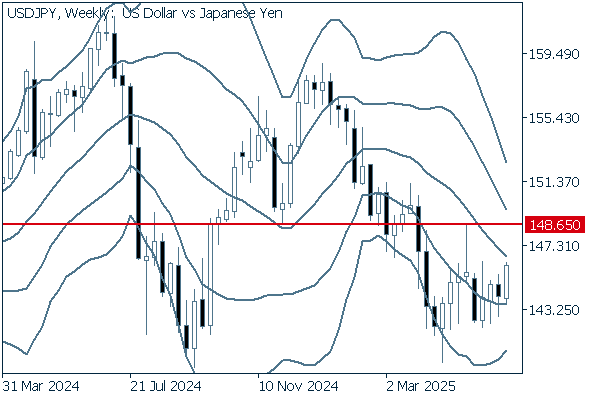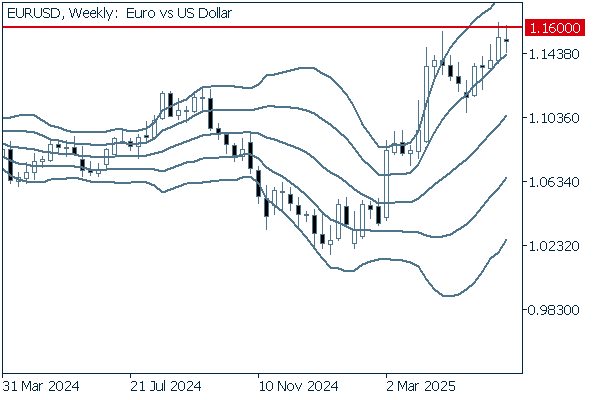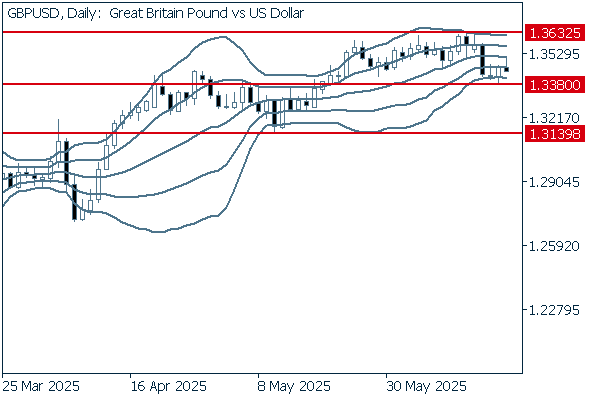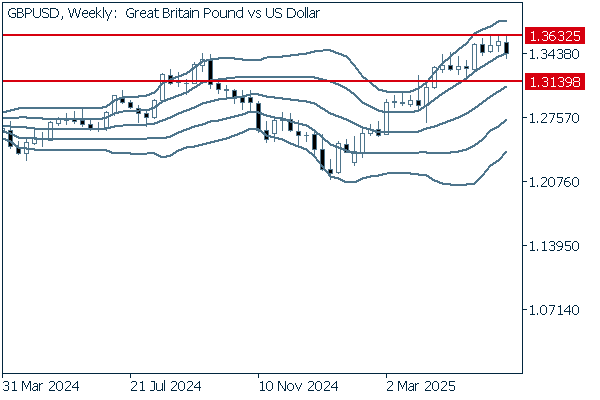2025.06.23
- Features
-
Services/ProductsServices/ProductsServices/Products

Learn more about the retail trading conditions, platforms, and products available for trading that FXON offers as a currency broker.
You can't start without it.
Trading Platforms Trading Platforms Trading Platforms
Features and functionality comparison of MetaTrader 4/5, and correspondence table of each function by OS
Two account types to choose
Trading Account Types Trading Account Types Trading Account Types
Introducing FXON's Standard and Elite accounts.
close close

-
SupportSupportSupport

Support information for customers, including how to open an account, how to use the trading tools, and a collection of QAs from the help desk.
Recommended for beginner!
Account Opening Account Opening Account Opening
Detailed explanation of everything from how to open a real account to the deposit process.
MetaTrader4/5 User Guide MetaTrader4/5 User Guide MetaTrader4/5 User Guide
The most detailed explanation of how to install and operate MetaTrader anywhere.
FAQ FAQ FAQ
Do you have a question? All the answers are here.
Coming Soon
Glossary Glossary GlossaryGlossary of terms related to trading and investing in general, including FX, virtual currencies and CFDs.
News News News
Company and License Company and License Company and License
Sitemap Sitemap Sitemap
Contact Us Contact Us Contact Us
General, personal information and privacy inquiries.
close close

- Promotion
- Trader's Market
- Partner
-
close close
Learn more about the retail trading conditions, platforms, and products available for trading that FXON offers as a currency broker.
You can't start without it.
Features and functionality comparison of MetaTrader 4/5, and correspondence table of each function by OS
Two account types to choose
Introducing FXON's Standard and Elite accounts.
Support information for customers, including how to open an account, how to use the trading tools, and a collection of QAs from the help desk.
Recommended for beginner!
Detailed explanation of everything from how to open a real account to the deposit process.
The most detailed explanation of how to install and operate MetaTrader anywhere.
Do you have a question? All the answers are here.
Coming Soon
Glossary of terms related to trading and investing in general, including FX, virtual currencies and CFDs.
General, personal information and privacy inquiries.
Useful information for trading and market information is posted here. You can also view trader-to-trader trading performance portfolios.
Find a trading buddy!
Share trading results among traders. Share operational results and trading methods.
- Legal Documents TOP
- Client Agreement
- Risk Disclosure and Warning Notice
- Order and Execution Policy
- Complaints Procedure Policy
- AML/CFT and KYC Policy
- Privacy Policy
- eKYC Usage Policy
- Cookies Policy
- Website Access and Usage Policy
- Introducer Agreement
- Business Partner Agreement
- VPS Service Terms and Condition

This article was :
published
updated
Weekly FX Market Review and Key Points for the Week Ahead
In the foreign exchange market for the week that ended on June 22nd, traders were increasingly aware of geopolitical risk. Also, they focused on the fiscal policy announcements from some major central banks. Under these circumstances, the dollar strengthened against the yen as the USDJPY reached the 146 yen range. Meanwhile, the EURUSD fluctuated steadily, but the pound weakened against the dollar as speculation about a U.K. rate cut increased.
June 16 (Mon)
As traders increasingly became aware of the escalation of military tensions between Israel and Iran, the dollar strengthened against the yen, lifting the USDJPY to around 144.75 yen. The pair then fell back to 143.65 yen but later rebounded, extending the rally to the 144.8 yen range.
Meanwhile, the EURUSD touched the 1.16 range after some ups and downs, and the GBPUSD moved steadily and touched the 1.36 range.
June 17 (Tue)
The Bank of Japan's (BOJ) Monetary Policy Meeting concluded without any surprises. Meanwhile, increasing tension in the Middle East prompted traders to take a risk-off stance and buy the dollar. After hovering within a narrow range, the USDJPY climbed to 145.38 yen.
The euro and the pound both weakened against the dollar. The EURUSD fell to the 1.149 range, and the GBPUSD plummeted to the 1.34 range.
June 18 (Wed)
Traders reacted to the hardline policy of Iranian Supreme Leader Ayatollah Ali Khamenei to buy the yen. Additionally, the Federal Open Market Committee (FOMC) decided to keep the U.S. key interest rate unchanged. As a result, the USDJPY fell to the 144.3 yen range. However, Federal Reserve Chairman Jerome Powell's post-conference comments accelerated the buying of dollars as the market speculated from Powell's comments that the FRB would not be in a hurry to cut rates. The USDJPY rose sharply to the 145.2 yen range.
The dollar's wild fluctuation affected the EURUSD and GBPUSD as well. After recovering to the 1.153 range, the former pair fell to the 1.146 range and broke below the previous day's low. The latter pair was still affected by the previous day's plummet and almost broke below the 1.34 level.
June 19 (Thu)
Throughout the day, traders maintained a risk-off stance, buying both yen and dollars amid reports that the U.S. might attack Iran within a few days, as well as Israel's missile attacks against Iran. However, as dollar buying outnumbered yen buying, the USDJPY rose to the 145.7 yen range.
Meanwhile, the EURUSD bottomed out and rose to the 1.15 range during trading hours. The GBPUSD recovered to the 1.346 range.
June 20 (Fri)
The Trump administration announced that it would decide within two weeks whether to attack Iran's nuclear facilities, denying the possibility of immediate military action. Although this announcement slightly reduced the lingering risk-off atmosphere in the market, the dollar strengthened against the yen during New York trading hours, lifting the USDJPY to the 146.1 yen range.
The EURUSD remained in the 1.15 range. The GBPUSD failed to extend the rally and concluded the weekly trading session in the 1.344 range.
Economic Indicators and Statements to Watch this Week
(All times are in GMT)
June 24 (Tue)
- 14:00 U.S.: Testimony by Federal Reserve Board (FRB) Chairman Jerome H. Powell
June 25 (Wed)
- 14:00 U.S.: May new home sales
- 14:00 U.S.: Testimony by FRB Chairman Jerome H. Powell
June 26 (Thu)
- 12:30 U.S.: January-March quarterly real gross domestic product (revised GDP)
June 27 (Fri)
- 12:30 U.S.: May personal consumption expenditures (PCE deflator)
- 12:30 U.S.: May personal consumption expenditures (PCE core deflator, excluding food and energy)
This Week's Forecast
The following currency pair charts are analyzed using an overlay of the ±1σ and ±2σ standard deviation Bollinger Bands, with a 20-period moving average.
USDJPY
There is growing speculation that the FRB will not cut interest rates before the end of the year. Consequently, fewer factors will prompt traders to sell the dollar. Escalating tensions in the Middle East are making the market risk-averse and creating an atmosphere that favors buying the dollar. These factors will likely reinforce the dollar's upward trend.
Next is an analysis of the USDJPY daily chart.


After bottoming out in mid-April, the pair passed the consolidation phase and is poised to enter an uptrend, supported by increased buying pressure for the dollar. If the pair breaks above the current resistance level of approximately 146.28 yen, it will likely continue to rise toward 148.65 yen.
We continue with an analysis of the USDJPY weekly chart.


On the weekly chart, the pair has maintained a gradual uptrend. Last week, the pair nearly touched the middle line. It will then test the current resistance level of 148.65 yen, the weekly high set six weeks ago. Breaking above this level will be a clear sign that the downtrend has ended.
EURUSD
Escalating tensions in the Middle East are strengthening the dollar while weighing down the euro. Another factor prompting dollar buying is the speculation in the market that the U.S. will not rush to cut rates. The dollar is expected to strengthen relative to the weakening euro this week.
Next is an analysis of the EURUSD daily chart.


The daily chart shows the upward band walk above the middle line. It is important to see whether the pair can break above the current resistance line at the 1.16 level. Unless the pair falls below the middle line, it is safe to say that the current uptrend will likely continue.
We continue with an analysis of the EURUSD weekly chart.


The weekly chart also shows the upward band walk, as the pair continues to climb along +1σ. However, the candlesticks of recent weeks have long upper wicks, indicating growing selling pressure for the euro. If the pair breaks above the 1.16 level, it will likely continue rising. For now, though, it seems to be a better strategy to buy on dips.
GBPUSD
The Bank of England left interest rates unchanged. This decision prompted traders to sell the pound. Conversely, the dollar tends to be favored due to FRB policymakers' apparent reluctance to cut rates and escalating risks in the Middle East. The pound is expected to weaken relative to the strengthening dollar this week.
Next is an analysis of the GBPUSD daily chart.


The narrowing bandwidth indicates that the pair is in a corrective phase subsequent to the conclusion of the upward phase. It is important to see whether the pair rebounds at the 1.338 level or falls below it. In the former case, the pair will break above the middle line and may extend the rally to the 1.3632 level, the high set last Monday. In the latter case, the pair could drop to the 1.3138 level, which would then serve as support for the downtrend.
We continue with an analysis of the GBPUSD weekly chart.


The weekly chart shows that the upward band walk continues thanks to the upward middle line. However, the pair has repeatedly failed to break above the 1.3632 level. Unless it breaks below the 1.3139 level, where the current short-term rally leading to the recent high started, it is safe to say that the current uptrend will likely continue.
Don't miss trade opportunities with a 99.9% execution rate
Was this article helpful?
0 out of 0 people found this article helpful.
Thank you for your feedback.
FXON uses cookies to enhance the functionality of the website and your experience on it. This website may also use cookies from third parties (advertisers, log analyzers, etc.) for the purpose of tracking your activities. Cookie Policy
